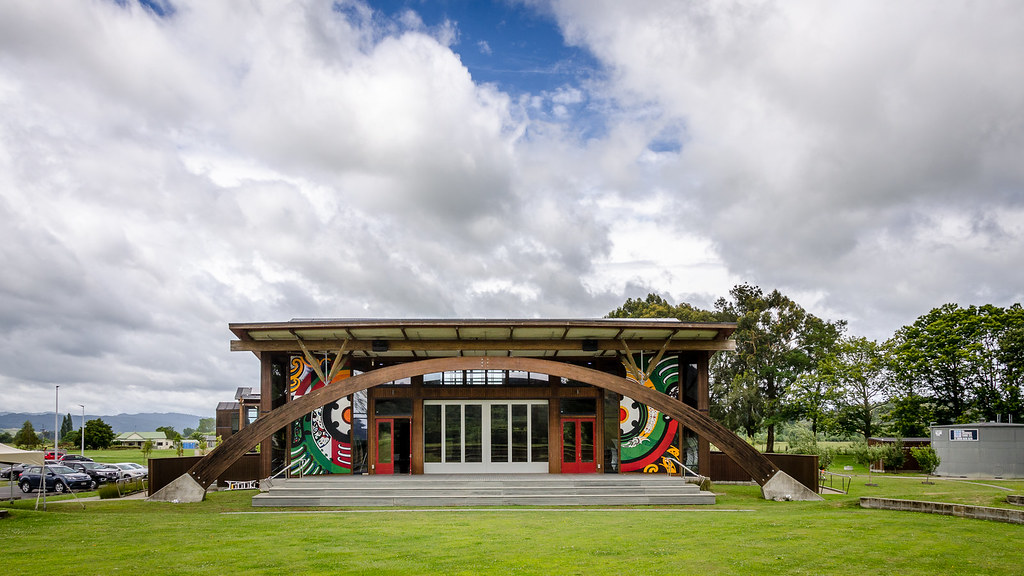By Mercedes Quintanilla.
The practice of biophilic design involves the application of different design strategies, what we call dimensions, experiences, elements and attributes. The choice of design application used varies depending on the circumstance and constraints of the project, particularly including construction and landscaping, dimensions, economics, logistics, and regulations, as well as cultural conditions and ecology. Most importantly, biophilic design should never occur in a piecemeal or disconnected way, but in a diverse way, the application should mutually reinforce and complement each other, resulting in an ecologically integrated whole.
Dimensions.
1. Organic and naturalistic.
Defined by shapes and figures in the built environment that reflect direct, indirect or symbolic experiences of the need to connect human beings with nature. The three types of nature experiences represent the basic categories of the biophilic design framework:
The direct experience of nature refers to the real contact with the environment and the characteristics of its surroundings including natural light, air, plants, water, landscaping among others.
The indirect experience of nature refers to contact with the representation or image of nature, to the transformation of nature from its natural condition, or to the particular exposure of the characteristic texture and process of the natural world. This includes photographs and pieces of art, natural materials such as wooden furniture, wool fabrics, decorations inspired by shapes and patterns in nature.
Symbolic experience does not involve actual contact with real nature, but rather the presentation of the natural world through pictures, images, videos, metaphors, and more.
2. Vernacular or place-based.
Defined as buildings and landscapes that connect with the culture and ecology of a locality or geographic area. This dimension includes what is called the spirit of the place, highlighting spaces with meaning for people that become an integral part of their individual and collective identities.
For example, Te Kura Whare, is a representation of its iwi origin; Its past, present and future. This building evokes a new spirit of place with the transformation of the space from agricultural pastures to its current use.

It serves as a motivational basis for long-term stewardship and responsibility for the environment and land use practices.
This structure gives rise to a new energy and will sustain a human culture and ecology through time; make people reconnect positively with their land and their environment. The values and practices of sustainability connected to Te Kura Whare will provide a platform to embed community aspirations and initiatives associated with cultural, social, health and economic prosperity.
These two basic dimensions of biophilia can be related to six elements of design:
• Environmental characteristics.
• Natural shapes and figures.
• Natural patterns and processes.
• Light and space.
• Place-based relationships.
• Evolved relationships between human beings and nature.
References.
✓ Kellert, S. and Calabrese, E. 2015. The Practice of Biophilic Design. www.biophilic-design.com Stephen
✓ R. Kellert, J. H. (2008). Biophilic Design: The Theory, Science and Practice of Bringing Buildings to Life. Hoboken, NJ: Wilson.
Read the Comments +